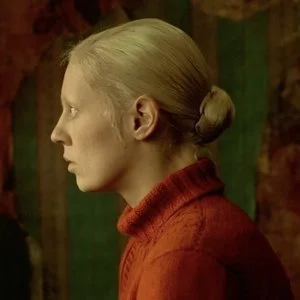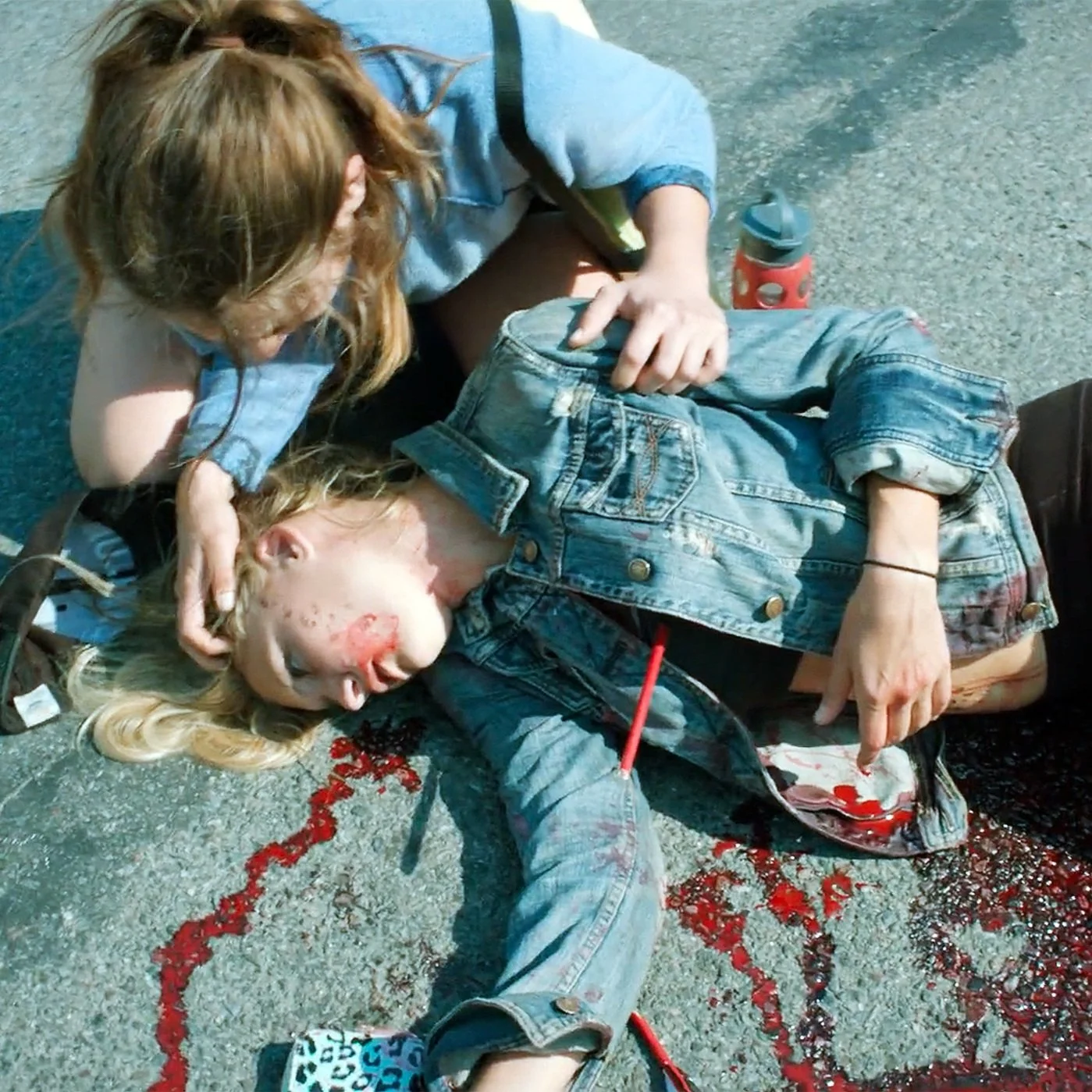In A Musical Nothing Dreadful Ever Happens
Lars von Trier’s Dancer In The Dark (2000)
“I used to dream that I was in a musical, 'cause in a musical nothing dreadful ever happens.”
Like his British counterpart Mike Leigh, Danish director Lars von Trier’s movies can be a tough watch. Often concluding unexpectedly and without resolution, they consistently leave you thinking about what you just saw for a long time afterwards. You leave the experience piecing your heart back together after having it ripped out of your chest for two hours. His 2000 Dancer In The Dark, along with his 1996 film Breaking The Waves, solidified von Trier as one of the unique emergent directorial voices to come out of Europe in recent times.
The story centers around Selma, a Czech immigrant tenderly, genuinely played by Bjork, who has moved to Washington state in 1964 with her son Gene. They live in near poverty in a small low-rent rural household, and she earns money at a local metalware factory, pressing plates and stamping out mass-produced household items. It’s a repetitive, monotonous job, one that caters well to daydreamers, and that’s where Selma comes into her own.
As hard as her life may be, she has an incredibly rich inner life, fueled by a sincere passion for the grand musicals from the golden age of Hollywood. The constant rhythm of the machines blends with her love of those old routines, and merges into some spectacular set pieces where the factory transforms into its own fantastic musical dream. It allows Selma to escape the desperate monotony of her situation, and it’s a place where her fantasy can be lived out forever. In particular there’s a touching scene where she’s discussing her love of these movies with her neighbor, Bill, and she describes her distaste for big finales. She recalls always leaving during the song before the last song, so that the film would just go on forever in her mind. It’s a beautiful thought delivered with genuine heartfelt nostalgia.
Selma’s slowly going blind, a condition we see accelerate over the course of the film to the point where she can no longer function safely at the factory and is being supported through her shift by her closest friend Kathy, wonderfully played by Catherine Deneuve. It’s a hereditary condition, and Selma saves all she can to ensure that her son can get the necessary treatment to avoid repeating her own fate. Her neighbors, also doubling as her landlords, initially appear kindly and supportive, but we find that there’s financial trouble at the heart of their seemingly perfect marriage.
This trouble turns to theft when the husband, Bill (David Morse), discovering Selma’s secret hiding place for her savings, desperately takes the money she’s been saving for Gene in order to support his wife’s extravagant shopping habits. In the ensuing confrontation, Selma at first inadvertently shoots Bill, who then begs her to kill him. She fires the gun but due to her poor eyesight only manages to wound him. She then bludgeons him to death with the savings box.
Selma’s trial and subsequent jail time as she receives the death penalty are the most powerful pieces of the film. Now completely blind, she navigates her environment by counting the guards’ steps, a practice that inevitably turns into one last big number. Her own finale.
We end with Selma’s death mid-song on the gallows, and that’s it. The credits roll and our hearts are left firmly and definitively ripped out. The movie can easily be seen as a commentary on xenophobia in small town rural America, or the injustice of a supposedly just system. But he more interesting aspect is the juxtaposition of Selma’s rich inner life and the turmoil of her real-life existence that’s slowly descending into darkness.
Selma’s real life is monotonous, closed, exhausting, small, colorless, poor and underwhelming. It is most certainly not an immigrant’s American dream. Her fantasies are vibrant, dynamic, energetic and loud. They pulse with the voltage of the big number, lift us up, and remind us of what it means to be alive. Just like a great musical, they show us the best in ourselves, and reflect back happiness, zest and the joy of being human.
She wants the best for her son and for those around her. She’s generous, even though she refuses the prolonged advances from Jeff (Peter Stomare thankfully this time in a wonderful non-wood chipper role), who patiently waits for her at the factory gates at the end of each day, but never gets to take her home.
Over the past couple of years, the pandemic’s caused many of us to retreat inwards, to live life more as individuals, and to daydream as Selma does. But just like Selma, these rich inner lives are bursting with creativity, and perpetual reminders that life isn’t a rehearsal. We’ve seen people learning to cook, to paint, and to find time to pursue all types of new things they otherwise would never have tried. Out of the agony of her blindness, Selma’s able to create something incredible. And I believe this is echoed in many of the innovative endeavors that have arisen during our ongoing health crisis. Out of darkness, expression can thrive.
Selma teaches us that no matter how bleak a situation may be, if you work hard, and you’re kind, amazing things can happen. Whether they happen in your head, or if they manifest themselves in the real world, her point is that they can happen to anyone. She reminds us that life isn’t just a sequence of waiting for things to be done.
Dancer In The Dark is currently streaming on Amazon Prime.
Latest Articles








































